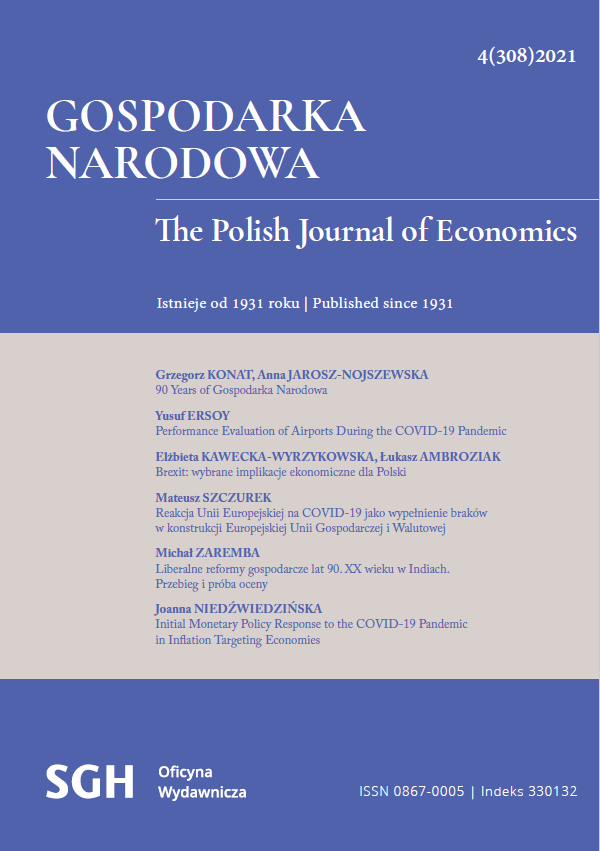Aging, Migration and Monetary Policy in Poland
Aging, Migration and Monetary Policy in Poland
Author(s): Marcin Bielecki, Michał Brzoza-Brzezina, Marcin KolasaSubject(s): Economy
Published by: Szkoła Główna Handlowa w Warszawie
Keywords: aging; migration; monetary policy; life-cycle models;
Summary/Abstract: Poland faces a particularly sharp demographic transition. The old-age dependency ratio is expected to increase from just above 20% in 2000 to over 60% in 2050. At the same time, the country has recently witnessed a huge wave of immigration, mostly from Ukraine. In this paper, we investigate how aging and migration will affect the Polish economy and what consequences these adjustments have for monetary policy. Using a general equilibrium model with life-cycle considerations, we show that the decline in the natural rate of interest (NRI) due to demographic processes is substantial, amounting to around 1.5 percentage points, albeit spread over a period of 40 years. The impact of migration flows is relatively small and cannot significantly alleviate the downward pressure on the NRI induced by populating aging. If the central bank is slow in learning about the declining NRI, an extended period of inflation running below the target is likely. In this case, the probability of hitting the zero lower bound (ZLB) becomes a major constraint on monetary policy, while it could remain under control if the central bank uses demographic trends to update the NRI estimates in real time.
Journal: Gospodarka Narodowa. The Polish Journal of Economics
- Issue Year: 309/2022
- Issue No: 1
- Page Range: 5-30
- Page Count: 26
- Language: English

